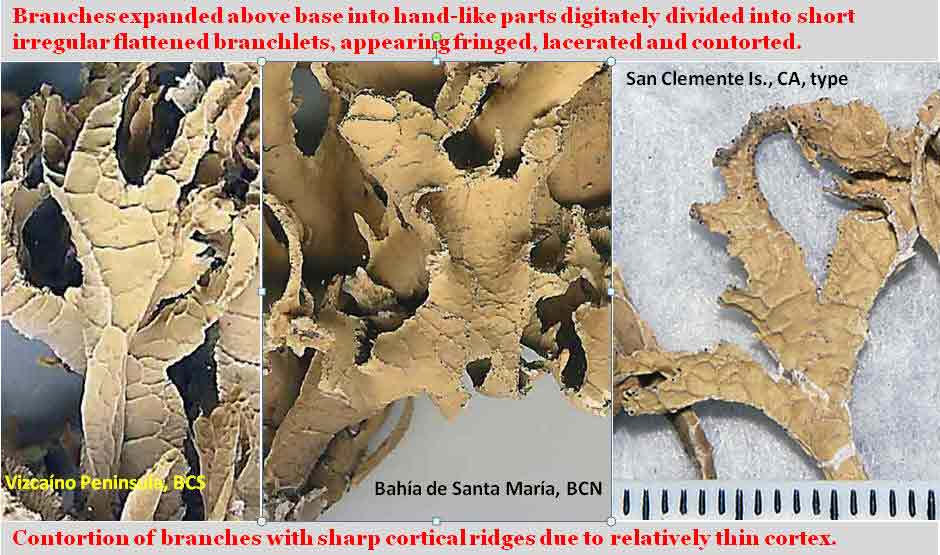|

N of Punta San Rosalillita, Canyon de San
Andrés, N 28°42.624, W 114°16.193, 1 m.
Spjut & Sérusiaux 17114. 26 Jan 2016. DNA 4739 |

N. caespitosa, intermediate to N. dilatata.~ 2 km E of
Punta Santa Rosalillita, south side of
road; 28°40.572, 114°13.736, 35 m.
Spjut & Sérusiaux 17313. Feb 2016.
Cited in MycoKeys 73: 18, Fig. 7 (2020). DNA 4880.
|
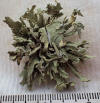
Vicinity of Punta Catarina, south of point, on
gypsum-based badlands.
Leavitt et al. 16-1035, Dec 2016
|
|

N of Punta San Rosalillita, Canyon de San
Andrés, N 28°42.624, W 114°16.193, 1 m.
Spjut & Sérusiaux 17124. Jan 2016. DNA 4746
|

N of Punta San Rosalillita, Canyon de San
Andrés, N 28°42.624, W 114°16.193, 1 m.
Spjut & Sérusiaux 17110. 26 Jan 2016. DNA 4750 |
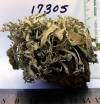 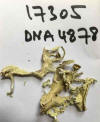
~ 2 km E of Punta Santa Rosalillita, south side of
road; 28°40.572, 114°13.736, 35 m.
Spjut & Sérusiaux 17305. Feb 2016.
Cited in MycoKeys 73: 18, Fig. 7 (2020). DNA 4878. |
|
|
    N of Punta San Rosalillita, Canyon de San
Andrés, N 28°42.624, W 114°16.193, 1 m.
Spjut & Sérusiaux 17127. Jan 2016.
Cited in MycoKeys 73: 18, Fig. 7 (2020). DNA 4748. |
|
|

Vizcaíno Peninsula, road
to Punta Eugenia,
Spjut & Marin 10560
Apr 1989 |

Bahía de Santa María
Spjut & Marin 11377
Apr 1990 |

W of Rancho San Andrés
~100 km N of Guerrero Negro, Spjut & Marin 9073
May 1985 |
|

W of Rancho San Andrés
~100 km N of Guerrero Negro, Spjut 9887A
May 1986 |

N. caespitosa x N. podetiaforma?
~100 km N of Guerrero Negro
between Punta Prieta
and Punta
Rocosa,on ridge, Spjut 9971,
May 1986 |

Punta Canoas, lower steps
of
mesa near the ocean, on
red pumice, Spjut 11230,
Apr 1990 |
|
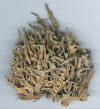
N. caespitosa
x
N. marinii? Punta Canoas, lower steps
of
mesa near the ocean, on
red pumice, Spjut 11231,
Apr 1990 |

Ridge N of Punta Rocosa,
BCN
Spjut 10300, Mar 1988 |

Mesa W of Pico Santa
Monica, Rancho San Francisco
de la Sierra, 325 m elev.
Spjut & Marin 10921 Apr 1989 |
|

Santa Cruz Island
Bratt 2303 |

San Clemente Island
Santesson 18043, isotype (COLO) |
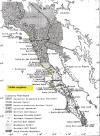
Geographical Distribution |
